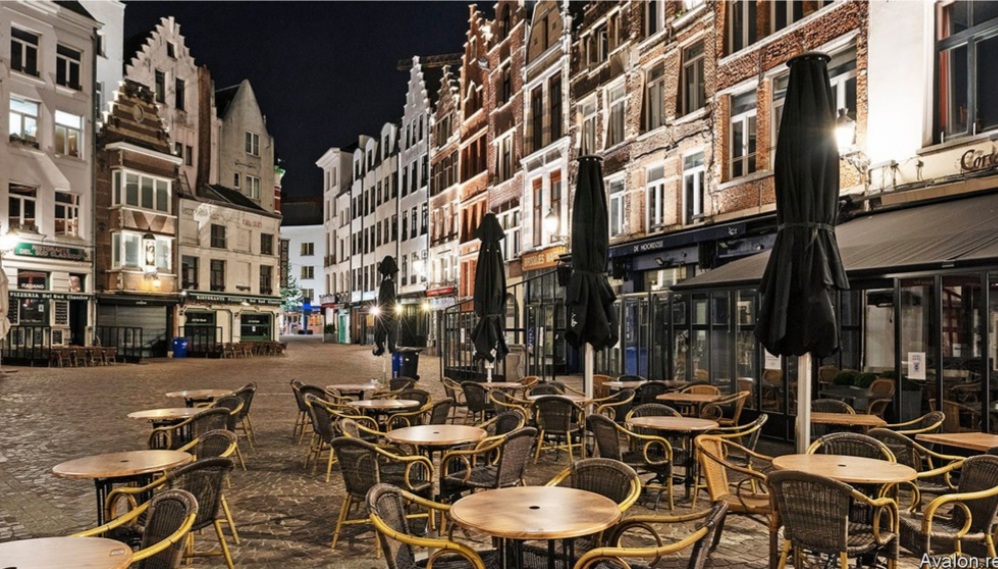Amsterdam (The Economist) : For a few months this summer it was almost possible for Europeans to believe that life had returned to normal. Parisian museums and Barcelona’s cafés were open, if less crowded. Germans, Dutch and Danes jetted off to holidays on Mediterranean beaches.
In August and September, as children across the continent returned to school, covid-19 infections began to rise. Yet governments, worried about a backlash, chose not to reintroduce harsh social-distancing measures.
Their decision has had a price. A second wave of covid-19 is now washing over Europe. In many countries the daily numbers of confirmed cases exceed their spring peaks, though this is mostly because there is a lot more testing; death rates are substantially lower.
A model developed by The Economist, based on serological tests showing how many people have been exposed to the virus, suggests the second wave has yet to match the first (see chart), though numbers are clearly rising, as are hospitalisations. Most countries failed to use the summer to build robust testing and tracing operations.
Now they are falling back on blunt measures: shutting restaurants and introducing quarantines and curfews
